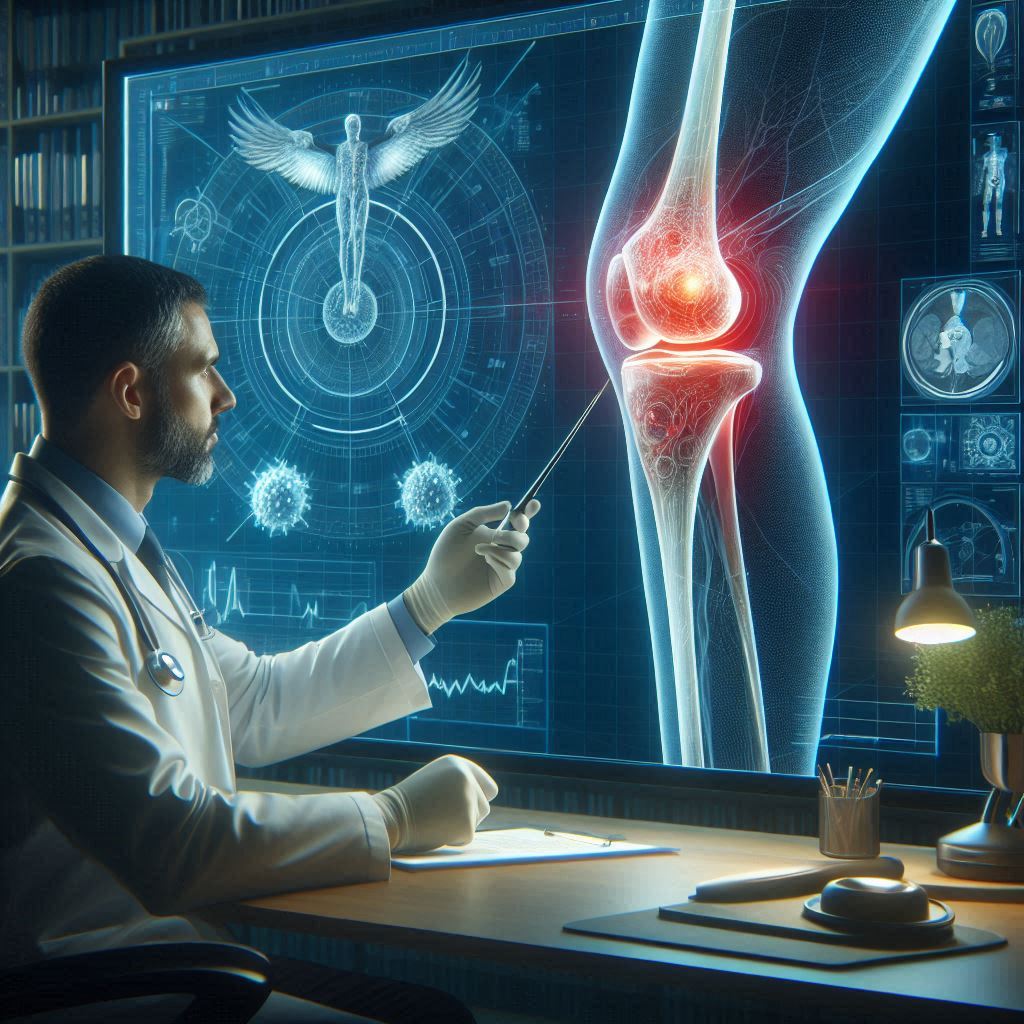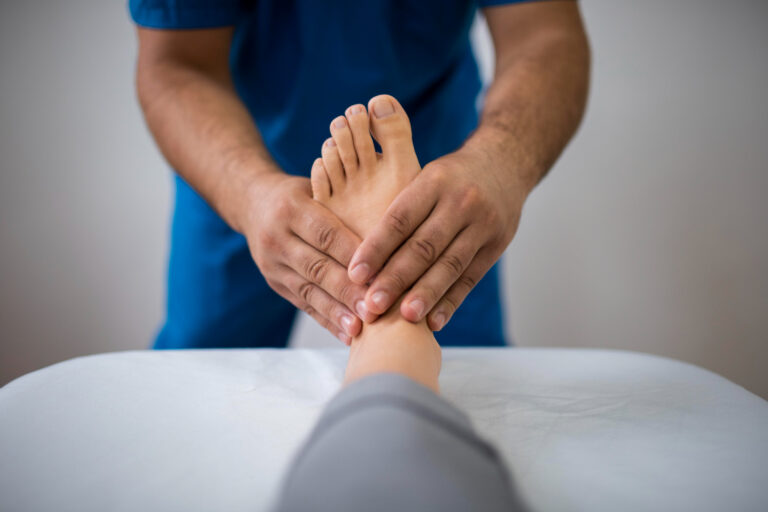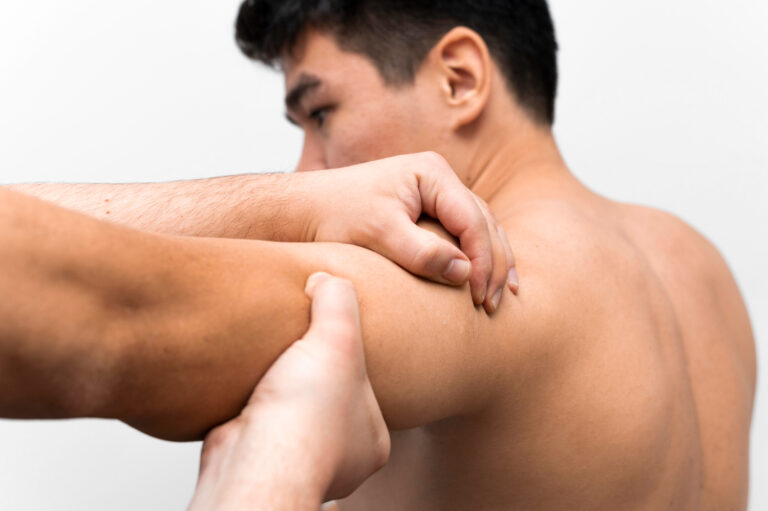Understanding Arthroscopy:
Arthroscopy is a minimally invasive surgical procedure used to diagnose and treat joint problems. It involves inserting a small camera, called an arthroscope, into the joint through a small incision. This allows the surgeon to view the inside of the joint on a monitor and guide surgical instruments as needed.
Pre-Surgery Preparation:
- Medical Evaluation: Ensure a comprehensive medical evaluation to rule out any potential risks. Inform your doctor about any medications or supplements you are taking.
- Lifestyle Adjustments: If you smoke, try to quit, as smoking can impair healing. Maintain a balanced diet and stay hydrated.
- Physical Preparation: Engage in pre-surgical physical therapy exercises as recommended to strengthen the muscles around the joint and enhance post-surgery recovery.
Post-Surgery Care:
- Immediate Post-Op Care: Keep the surgical area clean and dry. Follow your doctor’s instructions on wound care to prevent infection.
- Pain Management: Use prescribed pain relievers and ice packs to manage pain and swelling. Avoid overusing the affected joint initially.
- Physical Therapy: Adhere to a structured rehabilitation program. Physical therapy is crucial for regaining strength, flexibility, and mobility. Follow your therapist’s instructions diligently.
- Gradual Resumption of Activities: Slowly reintroduce activities into your routine as advised by your surgeon. Avoid high-impact activities until fully cleared by your doctor.
Long-Term Management:
- Maintain a Healthy Weight: Excess weight can strain your joints. Adopt a healthy diet and exercise regularly to maintain an optimal weight.
- Stay Active: Engage in low-impact exercises such as swimming, cycling, and walking to keep your joints flexible and strong.
- Regular Check-Ups: Schedule regular follow-up visits with your orthopedic surgeon to monitor the progress and address any issues promptly.
Potential Complications and How to Address Them:
- Infection: Though rare, infection is a possible risk. Signs include increased redness, swelling, warmth, and discharge from the incision site. Contact your doctor immediately if you notice any of these symptoms.
- Blood Clots: Be aware of signs like swelling in the calf, pain, and redness. Engage in light movements and take prescribed anticoagulants if necessary.
- Joint Stiffness: Regularly perform prescribed exercises to maintain joint flexibility and prevent stiffness.
When to Seek Immediate Help:
- Severe Pain: If you experience unmanageable pain not relieved by medication.
- Signs of Infection: Such as high fever, severe redness, and discharge from the wound.
- Unexpected Symptoms: Any new or worsening symptoms should be reported to your surgeon immediately.
Patient Education and Support:
- Stay Informed: Educate yourself about the procedure, recovery process, and lifestyle changes. Knowledge empowers you to make better decisions and adhere to your treatment plan.
- Support System: Rely on family and friends for support during the recovery phase. They can assist with daily activities and provide emotional encouragement.
Dr. Amit Roy emphasizes the importance of a proactive approach to recovery and encourages patients to maintain open communication with their healthcare team. Following these guidelines can help ensure a smooth recovery and optimal outcomes from arthroscopy.
For more info. about Dr. Roy’s visiting time, kindly visit www.dramitroy.com/my-clinics .




